 |
|
|
plants
text index | photo
index
|
| coastal plants |
| Yellow
flame Peltophorum pterocarpum Family Fabaceae/Leguminosae updated Aug 09 Where seen? According to Hsuan Keng, it was formerly a native tree at Changi coast but considered extinct. It is now sometimes found on rocky and sandy coastal areas and back mangroves, ostensibly dispersed from cultivated trees. This showy tree is also extensively planted as a roadside tree in Singapore as it is drought-resistant, which makes it well adapted to Singapore’s sunny urban conditions. Its wide-spreading, umbrella-shaped crown also provides excellent shade. Hugh Tan considers it "one of the prettiest of our native trees". It was also called Peltophorum ferrugineum. According to Corners, it was a common sea shore tree on rocky and sandy coasts in Malaya. Features: A tree that usually grows to 15m (up to 35m). Dark green leaves made up of many little leaflets. The leaves are usually shed after dry weather, in our region usually in January-February and in July-August. The fragrant yellow flower (3cm) has wrinkled petals, several flowers emerging on a long stalk. During the flowering season, the entire tree may be covered in yellow blossoms. The fruit is a brown, flat woody winged purple-brown pod with up to 4 seeds that look like sunflower seeds. The pods remain on the tree for several months. Bark is smooth and grey. The tree grows well in poor soils because it contains nitrogen fixing bacteria in its roots. Human uses: According to Burkill, the tree is commonly planted not just for its beauty but also as a shade tree and a good roadside tree as it sends its roots deep and does not disturb pavements. It is also used to shade coffee and to recover lallang infested land. The leaves can also be fed to cattle. The timber is considered strong by some, but assessed as not durable by others. Considerable quantities of the bark were used to produce a yellow-brown dye for the batik industry in Java. The bark was also used for treatment of dysentery, sprains, muscular aches, ulcers, eye lotions, gargles and tooth powders. Heritage Tree: There are two Yellow-flame trees with Heritage Tree status; at the Singapore River bank, opposite 1 Fullerton Hotel with a girth of 3.07m and height 20m; and at Renci Hospital car-park, Bassein Rd with a girth of 5.6m and height 25m. |
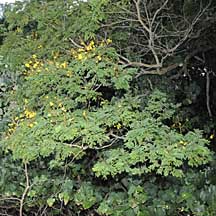 Growing at the base of a natural cliff, facing the sea. St. John's Island, Jul 09 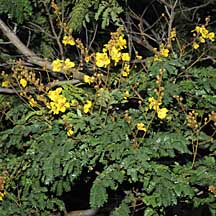 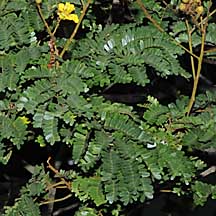 |
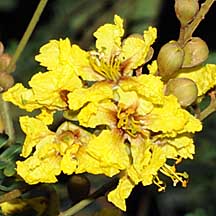 |
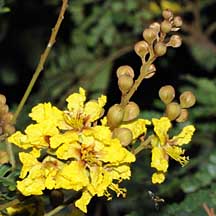 |
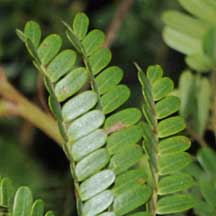 |
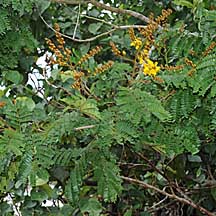 Growing near the high water mark. 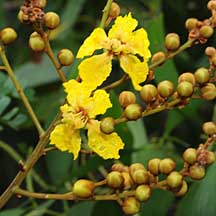 Pulau Semakau, Dec 08 |
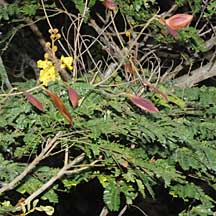 St. John's Island, Sep 09 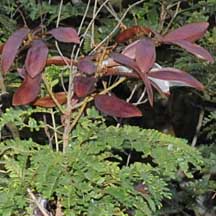 |
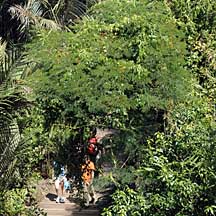 Chek Jawa, Jan 10 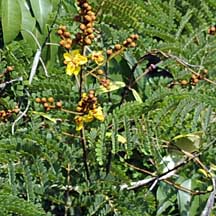 |
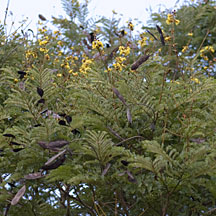 Lazarus, Apr 12 |
 |
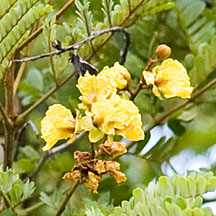 |
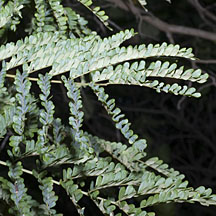 |
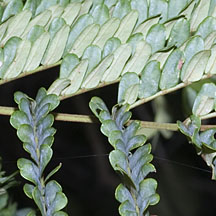 |
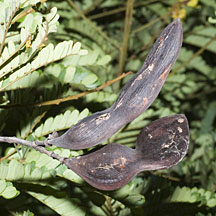 |
|
Links
References
|
|
|